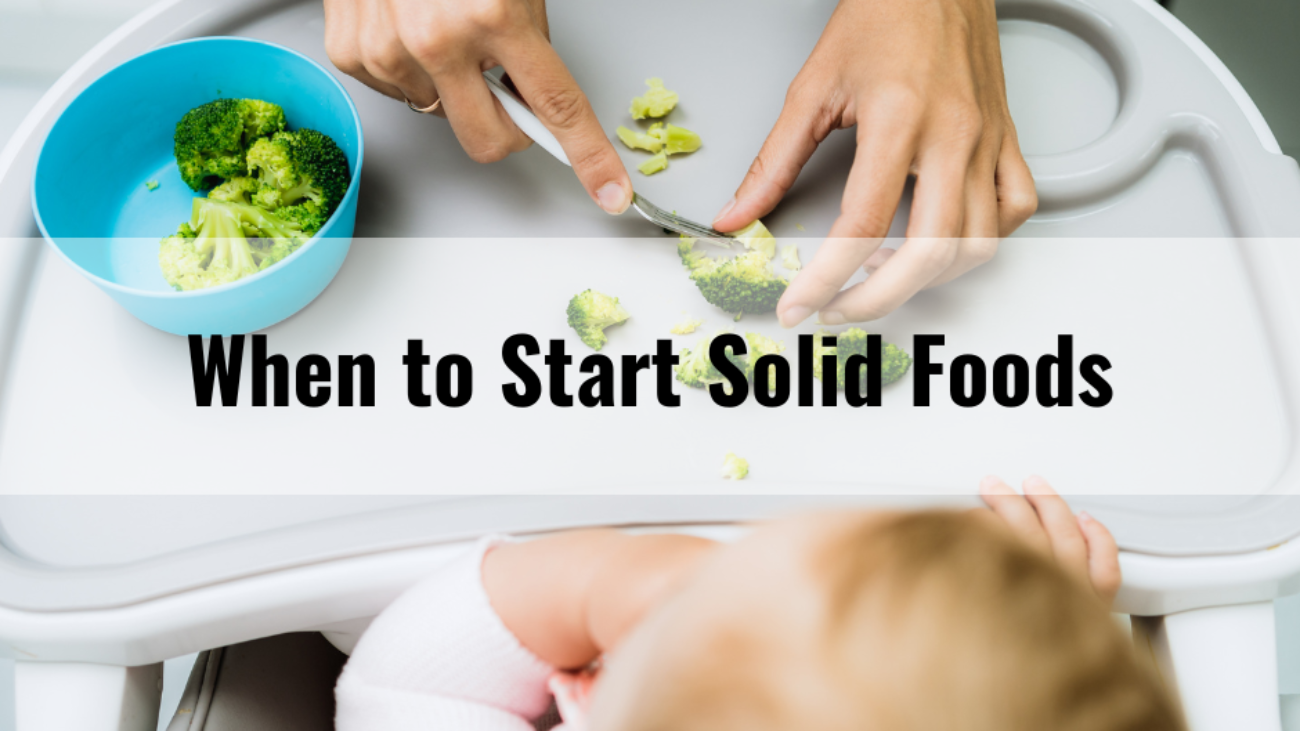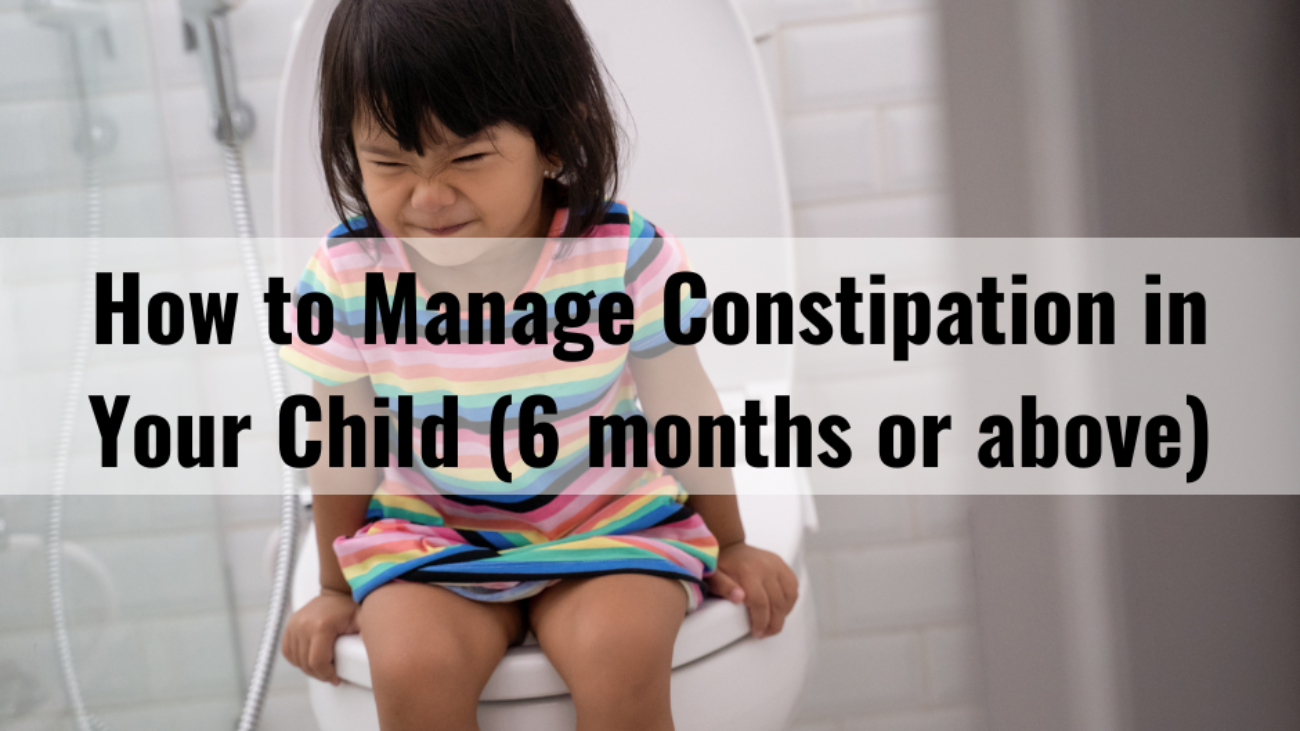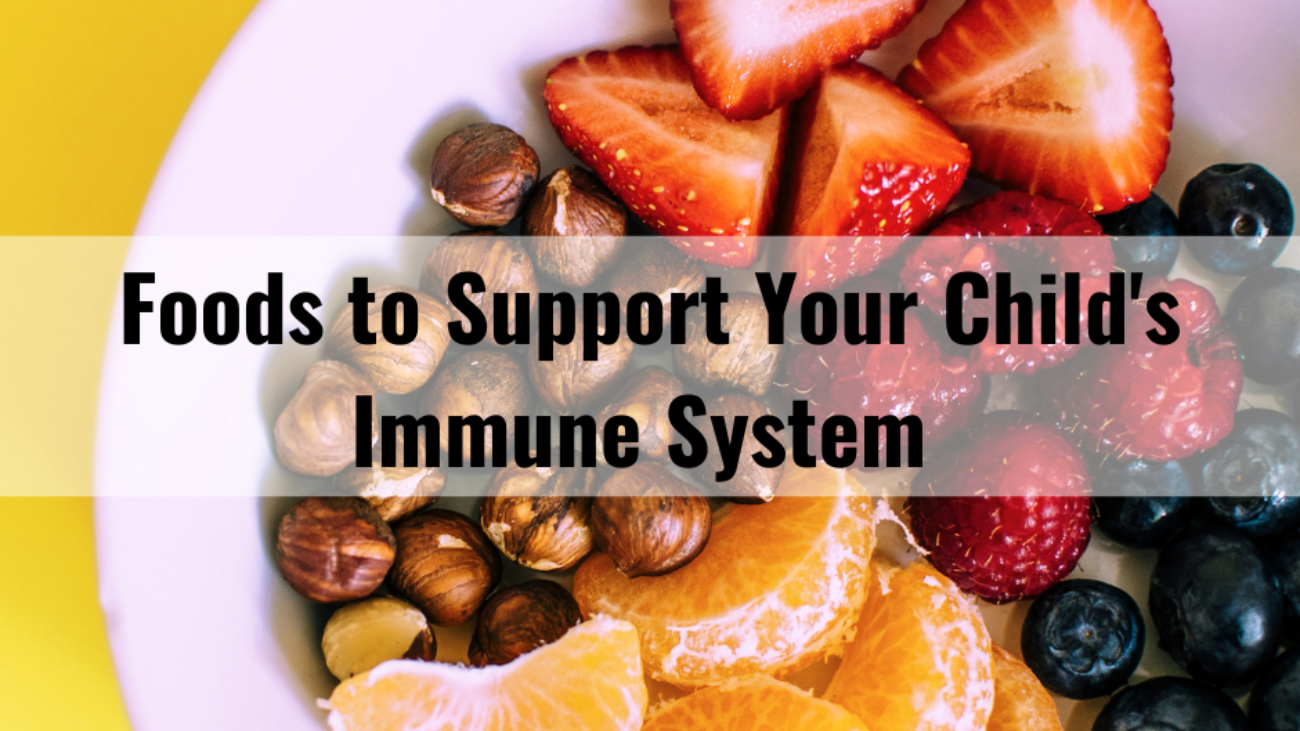Recently, I’ve been reading a lot of questions asking what is the right age to start introducing baby to solid foods. Some experts or old guidelines say between 4 and 6 months, some parenting websites say 4 months, sometimes this recommendations even come from a doctor or other health professionals. Well, we were raised in the 80’s, some of us may start to eat solid foods at 4 months of age (our parents followed the old recommendations) or as early as 2 months after birth. I totally understand, as a first time mom, we are eager to start solid foods, friends and family love to give “advices” and “opinions”. It makes us start thinking “Uh… 4 months…maybe it is the right time”! Today’s parents are sure to be confused with all this conflicting recommendations. I would not be surprised.
Here is what I often hear why parents feed baby solid foods prior to 6 months:
- My baby is too big
- My baby is too small and tiny
- My baby seems hungry (increased demand to breastfed)
- My baby wakes up multiple times a night
- My doctor said my baby should begin eating solid food
- My baby wanted the food I ate
- I wanted to feed my baby something (iron rich foods) in addition to breast milk or formula
My response to these common excuses is Breast Milk has more calories and significantly more nutrients than any type of solid foods that you can feed your baby.
TOO EARLY? or TOO LATE?
If you start baby on solid foods too early (prior to 6 months of age), baby may:
- Drink less breast milk – solids tend to replace breast milk in baby’s diet. The more solids that baby eats, the less milk he takes from mom, which results in low milk production.
- Not be ready to chew and swallow safely – gag reflex hasn’t fully developed, may increase the risk of choking.
If you start baby on solid foods too late, baby may:
- Be slow to accept new foods and flavours
- Have a hard time learning to eat new textures
- Not get all the vitamins and minerals (e.g., iron) needed
WHAT IS CURRENT RECOMMENDATIONS
Here are the top organizations that recommend starting solids at 6 months when babies show signs of readiness.
- World Health Organization (WHO)
- Health Canada and Canadian Paediatric Society
- American Academy of Paediatrics
- American Academy of Family Physicians
- Australian National Health and Medical Research Council
- The AAP Section on Breastfeeding
- American College of Obstetricians and Gynaecologists
- Academy of Breastfeeding Medicine
Exclusive breastfeeding is recommended until 6 months to make sure that your baby’s digestive tract is mature enough to digest solid foods, as well as protect your baby from gastrointestinal and respiratory infections (APP 2012, Nylor & Morrow, 2001).
Breast milk is the ONLY food or drink your baby will need for the first 6 months.
DEVELOPMENT SIGNS FOR READINESS
Watch for SIGNS that your baby is getting ready to start solids:



- Able to sit upright (with support pillow/towel is fine) and hold his/her head up well (without support)
- Open mouth when food comes or turn head away when full
- Good oral motor skill – pick up foods and put in his/her mouth (able to self-feed)
- has lost tongue extrusion reflex (baby stops pushing the food out of his/her mouth with his/her tongue). If your baby still have strong tongue extrusion reflex, you may want to wait a week or two and try again.
- Show interest and reach for your food at meals and snacks
- Chewing on non-food items, such as toys, tethers and fingers
GESTATIONAL AGE
Another things to consider is your baby’s gestational age. If your baby was born prematurely, he or she may not be neurologically ready for solids until 6 months after his or her normal due date. Aiden was born 2 weeks early, so I decided to start solids about two weeks after his 6 months birthday, same as Audrey and Avery, they were born 4 weeks early, they start solids about 6.5 months.
What you can do If your baby is showing obvious signs of being ready for solids about 4-6 months?
It is normal to see a 4 to 5 month old baby is very eager to participate at mealtime, however it does not mean that he or she is ready to eat solids. In fact, it is just the normal developmental stage to explore everything with their mouth. There are a few things you can do to let your baby participate in mealtimes without starting solids:
- Let your baby sit with the family at mealtime in booster seat or high chair. It helps them to get used to sitting on booster seat or high chair until you are ready to serve the first ever foods in their life.
- Offer your baby spoons, cups, bowls and other baby-safe eating utensils to play with during mealtimes.
- The use of open cups (starting from 6 months) is now considered a gold standard. Offer baby a cup of water or expressed breast milk (about 1-3 oz). Your baby can entertain himself at mealtimes while learning to use a cup.
BOTTOM LINE
Most babies will become developmentally and physiologically ready to eat solid foods between 6 and 8 months of age. Watch for signs of being ready for solids, not by the calendar, as well as it is definitely not just mum, dad or mother-in-law forcing it on them.
Baby, Bon Appétit !!
Aiden likes making a mess at mealtime.


I will be posting “How to Start Solid Foods” soon, stay tuned!!






